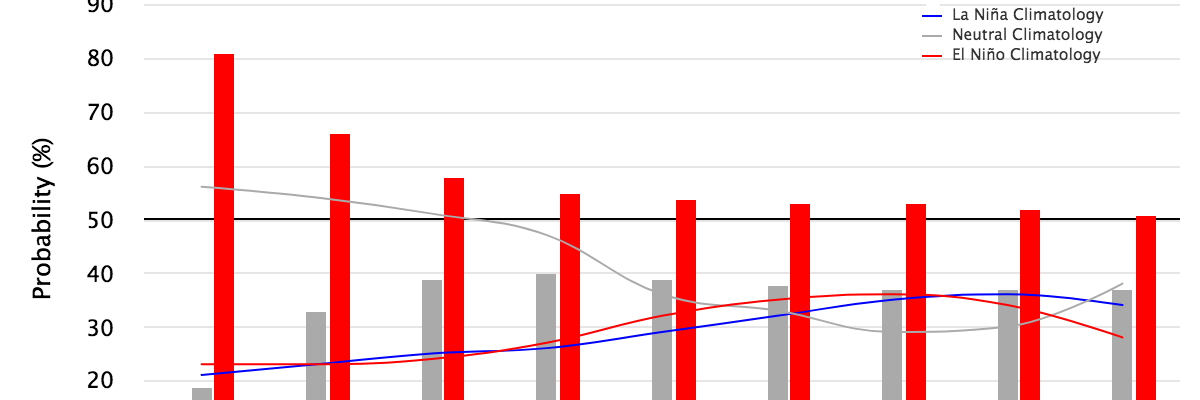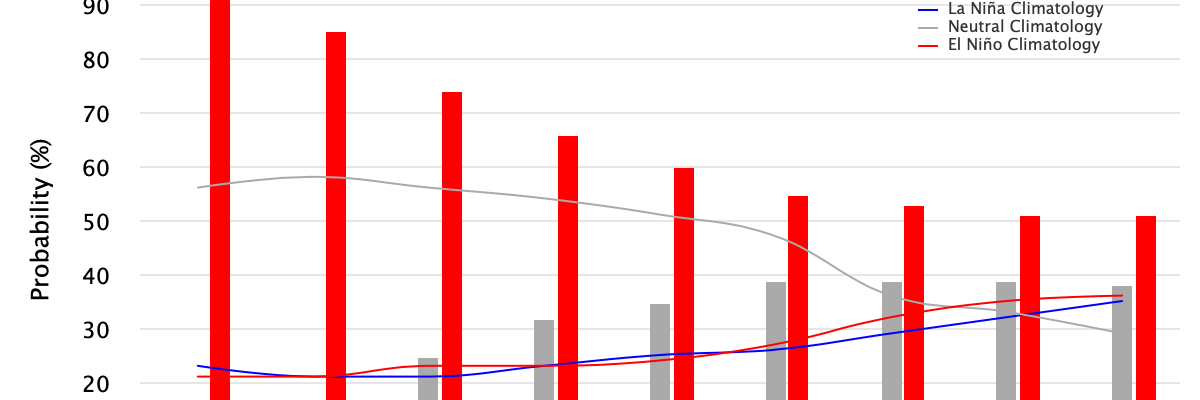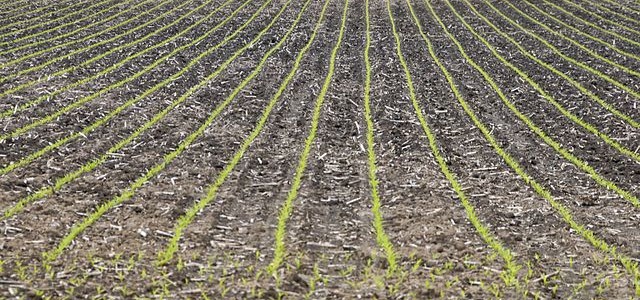El Nino and La Nina
-

The latest edition of the El Niño outlook was published this week. It shows that El Niño is well entrenched in the central Pacific, with cooler conditions in the eastern Pacific due a temporary Kelvin wave. Virtually every statistical and dynamical model predicts that this El Niño will continue for the next few months, potentially…
-

NOAA’s latest El Niño update shows that El Niño is still present in the eastern Pacific Ocean, although its strength has waned somewhat. The latest set of prediction graphs from IRI show that it is expected to continue for most of the next year, with only a few models suggesting a swing to La Niña.…
-

Of all of the atmospheric patterns that affect us here in the Southeast, the one that makes the most statistically predictable impacts on our climate is the El Niño-Southern Oscillation. When an El Niño is forecast to occur, we know with a fair degree of confidence what kind of climate to expect while it is…
-

NOAA’s Climate Prediction Center released their latest El Niño monitoring overview today. It shows that a weak El Niño is continuing to be present in the Eastern Pacific Ocean, with temperatures that are slightly below the threshold for a moderate event. It is expected to continue through the summer (60 percent chance of still being…
Posted in: El Nino and La Nina -

The Southeast Farm Press posted an interesting story today which describes how weather and climate impact the development of a uniform field of corn, which is key to getting the top yields. One of things that is needed is a string of 4 days in a row with temperatures at or above 60 F. This…
-

Clint Thompson of UGA recently interviewed me, along with some other UGA specialists, on the impact that El Niño is having on Georgia agriculture so far this year. One consequence of this year’s El Niño is the heavy rains that we have seen in northern parts of the state. In spite of the El Niño,…
-

Dr. David Zierden, the Florida State Climatologist, recently tweeted six reasons why we know that the current El Niño, officially declared on February 14, is very healthy now after a slow and uncertain start. His discussion, summarized in Forbes.com by Dr. Marshall Shepherd, lists a number of indicators which show the strength of the current…